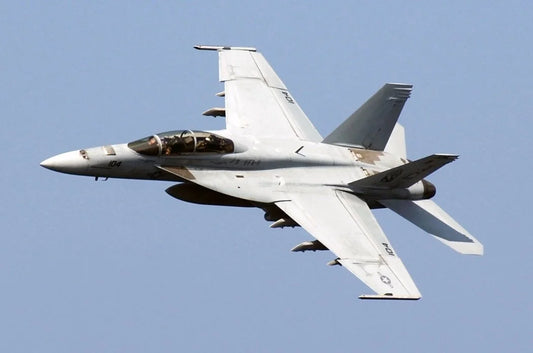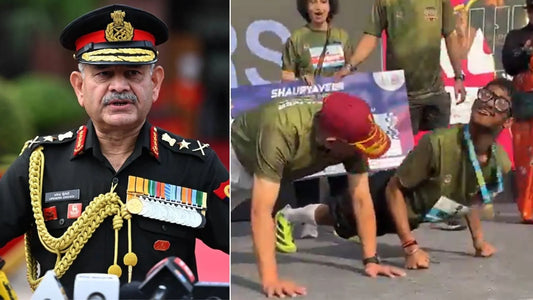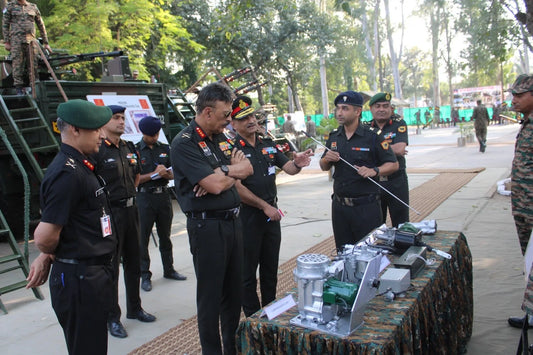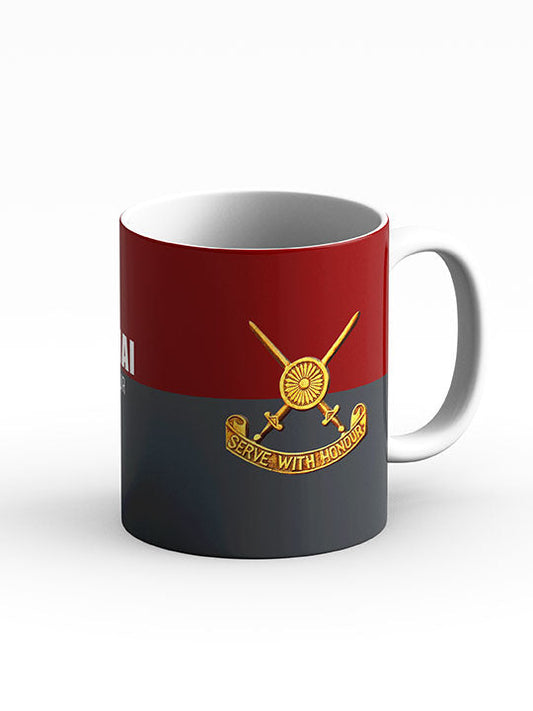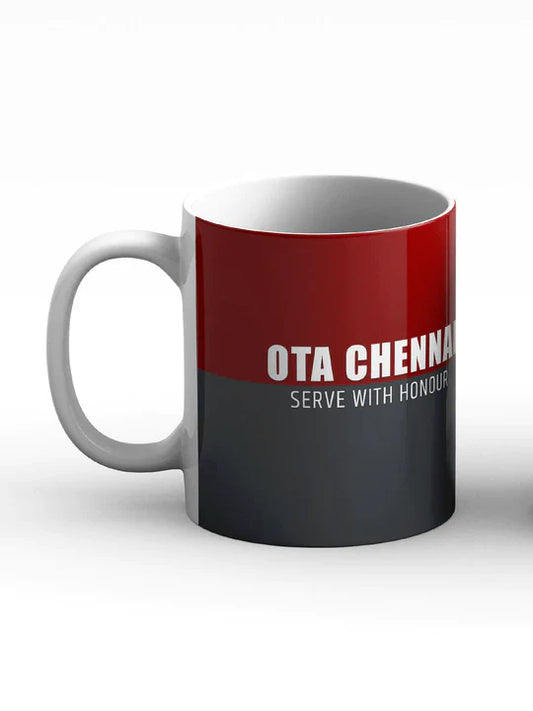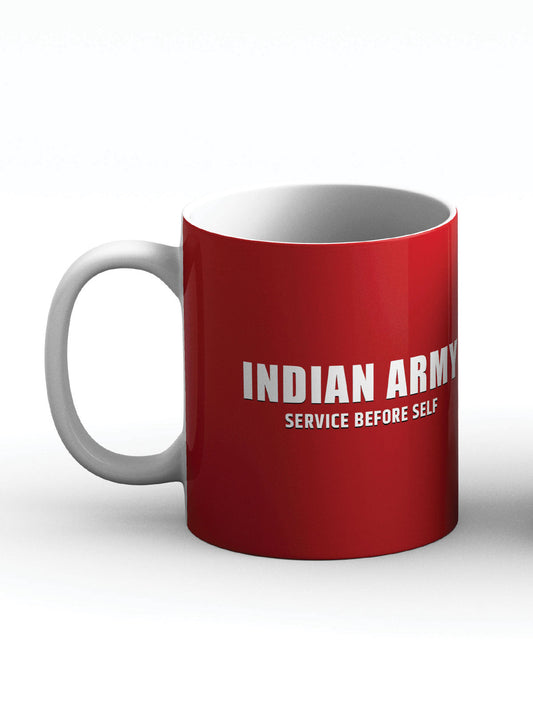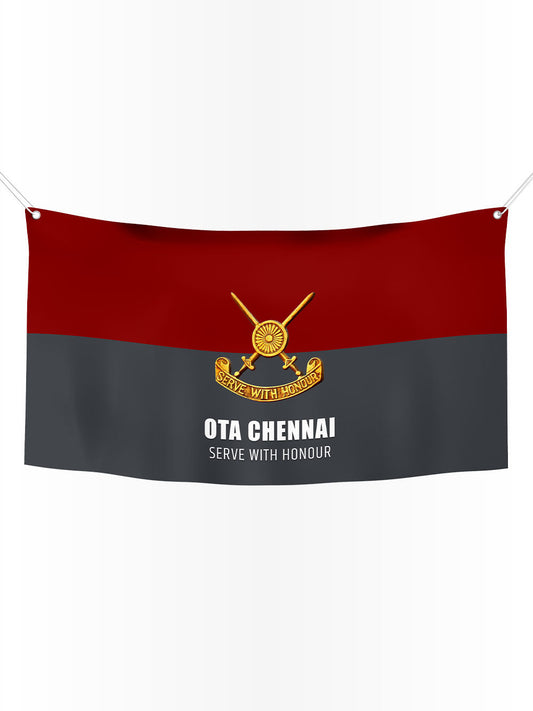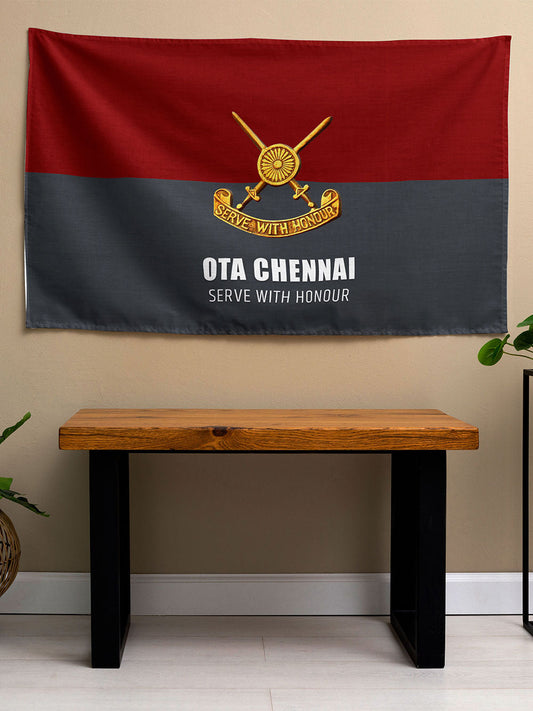TATA Advanced Systems Introduces Tracked Armoured Platform for India's Futuristic Infantry Combat Vehicle Programme
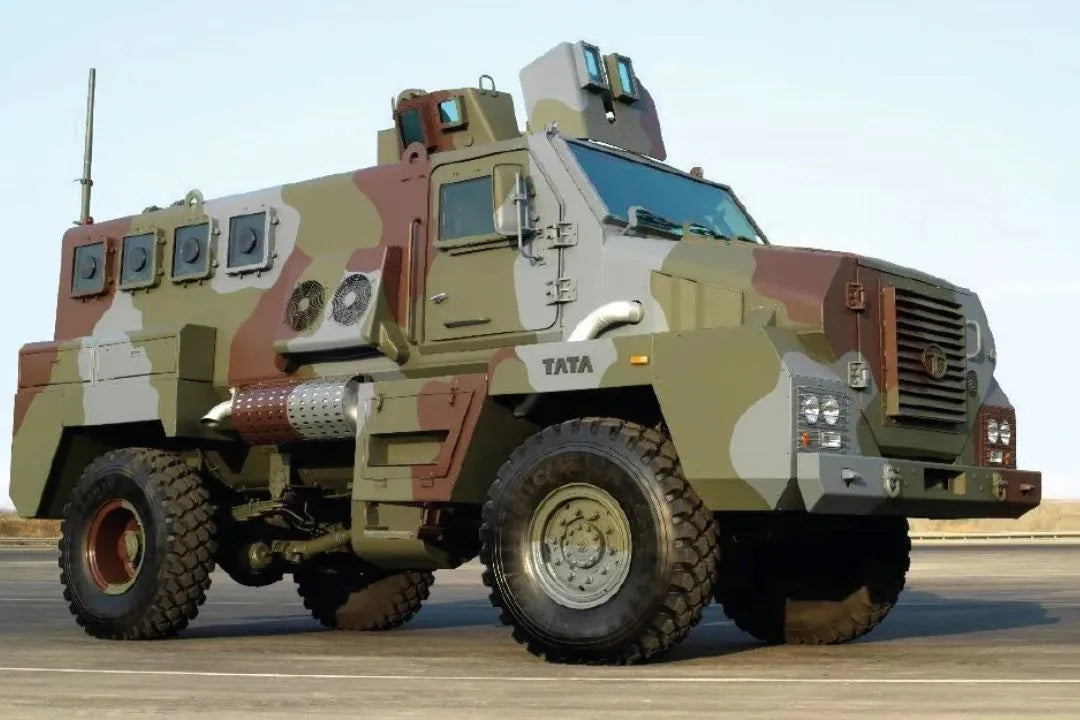
TATA Advanced Systems Limited (TASL) has made significant strides in bolstering India's indigenous armoured vehicle capabilities by developing the Tracked Advanced Armoured Platform (AAP-Tr). This next-generation infantry combat vehicle is intended to work alongside the wheeled AAP-Wh, creating a unified, modular family under the Indian Army's Futuristic Infantry Combat Vehicle (FICV) programme.
The aim of these platforms is to replace the outdated BMP-2 'Sarath' fleet, providing advanced protection, mobility, and networked warfare features, aligning with India's Atmanirbhar Bharat initiative.
The AAP-Tr boasts a newly designed V-hull, optimized for superior blast protection and crew safety against mines and improvised explosive devices (IEDs). The hull is constructed with layered composite armour and modular protection panels that adhere to STANAG Level 4/5 standards, ensuring adaptable defense against ballistic and explosive threats.
Its design also includes mine-resistant geometry, reinforced floor plating, and floating crew seats to significantly mitigate the impact of underbody blasts. Additional features include automated fire suppression and NBC (Nuclear, Biological, Chemical) filtration systems for safe operation in contaminated environments.
Equipped with a 600-720 hp turbocharged diesel engine, the platform is combined with an automatic transmission and hydropneumatic suspension for exceptional cross-country performance.
Key advantages of the platform include: a high power-to-weight ratio for agile maneuverability, a modular drivetrain and advanced steering systems for precise control, and the ability to traverse diverse terrains including deserts, mud, and mountainous regions.
Currently, an amphibious variant of the AAP-Tr is undergoing conceptual evaluation, which would expand its operational versatility in riverine and coastal missions.
Centrally, the AAP-Tr incorporates TASL’s Common Electronic Mission Platform (CEMP), a unified, open-architecture system designed to seamlessly integrate with the Indian Army's future Battlefield Management System (BMS) and Combat Net Radio (CNR) network.
This technology enables real-time vehicle-to-vehicle (V2V) and vehicle-to-command (V2C) data links, enhancing situational awareness and networked fire control capabilities. It also supports plug-and-play integration for remote-controlled turrets, ATGM launchers, and thermal imaging sights.
The AAP-Tr is designed for operational adaptability, allowing for rapid reconfiguration for various battlefield roles. Planned variants include:
| Variant | Description |
|---|---|
| Infantry Fighting Vehicle (IFV) | Features a 30 mm or 40 mm remote weapon station and twin ATGMs. |
| Command & Control Vehicle | Equipped with elevated antennas and digital consoles. |
| Mortar Carrier | Supports 81 mm or 120 mm automated mortar systems. |
| Reconnaissance & Surveillance Vehicle | Fitted with mast-mounted radar and EO/IR sensors. |
| CBRN Reconnaissance and Armoured Ambulance | Variants for specialized missions. |
With up to 70% commonality in components across the AAP-Wh and AAP-Tr platforms, logistics are simplified and life-cycle costs are reduced.
TASL plans to leverage its established manufacturing ecosystem, developed through the WhAP programme in collaboration with DRDO and the Indian Army. The tracked variant will expand domestic production lines, with planned localisation of subsystems such as engines, transmissions, and armour composites.
Internationally, TASL’s partnership with Morocco’s WhAP facility offers a ready export base for regional assembly and support, making the AAP family an appealing choice for countries in Africa, the Middle East, and Southeast Asia seeking modern, interoperable infantry vehicles.
Following conceptual studies in 2023-24, the AAP-Tr entered full-scale engineering validation in mid-2025, with field trials anticipated for 2026-27. Production could commence by 2028, in line with the Indian Army's plans to replace over 2,000 BMP-2 Sarath vehicles.
With the development of the AAP-Tr and AAP-Wh, India advances towards a fully indigenous, digitally integrated mechanised fleet. This programme highlights the country's capability to design, develop, and produce world-class armoured platforms, exemplifying India's growing defence industrial maturity and dedication to achieving self-reliance in military technology.
